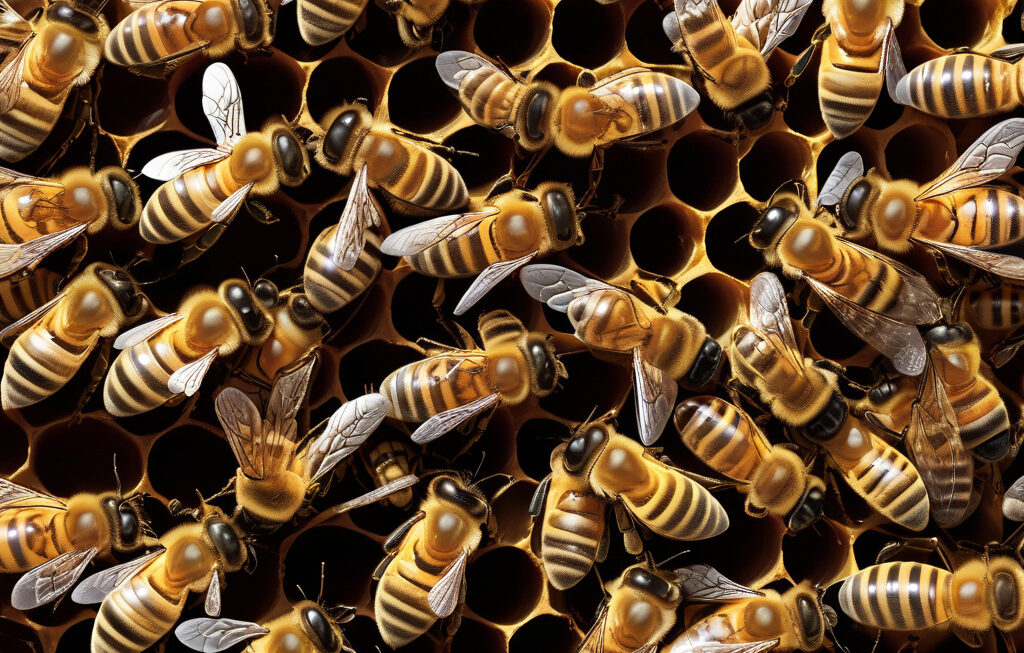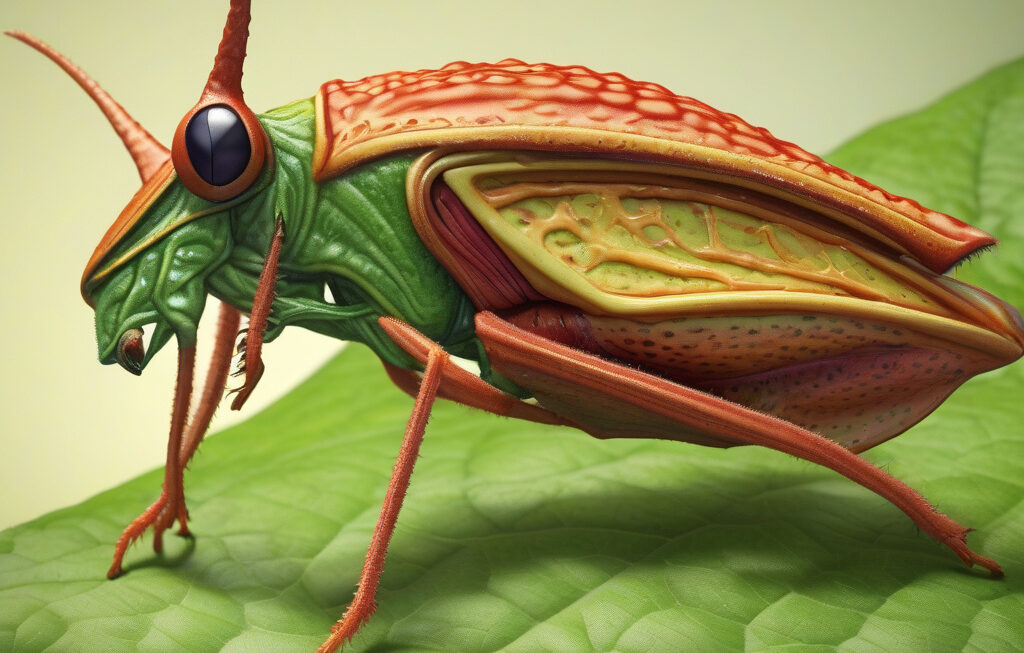Weaver Ants: Defying Century-Old Teamwork Principles and Outperforming Humans as a Group
Weaver ants have cracked a teamwork challenge humans have struggled with for centuries. New research conducted by a team of biologists at the University of Bristol has shed light on the remarkable collaborative abilities of these tiny insects. The study, published in the journal “Nature Communications,” reveals how weaver ants exhibit a level of coordination and efficiency that surpasses even the most well-oiled human teams.
At the heart of this groundbreaking research is the observation that weaver ants are able to seamlessly work together towards a common goal without the need for a designated leader or central authority. This stands in stark contrast to the traditional understanding of teamwork, which often emphasizes the importance of strong leadership and clear hierarchies.
One of the key findings of the study is that weaver ants rely on a decentralized system of communication and decision-making to coordinate their actions. Rather than following a single leader, individual ants assess the needs of the group and adjust their behavior accordingly. This flexibility allows the colony to adapt quickly to changing circumstances, whether it be defending against predators or building intricate nests from leaves and silk.
What sets weaver ants apart from many human teams is their ability to self-organize and distribute tasks based on real-time feedback from their environment. This adaptive approach enables them to achieve a level of efficiency that would be difficult, if not impossible, for a centrally controlled group to match.
Furthermore, the study shows that weaver ants are not only highly effective at working together but also excel at problem-solving and innovation. When faced with obstacles such as gaps in their leaf nests, the ants demonstrate a remarkable capacity to collaborate and find creative solutions. By linking their bodies together to form living bridges, they are able to span these divides and create new pathways for their colony to traverse.
The implications of this research extend far beyond the world of entomology. By studying the teamwork strategies of weaver ants, researchers hope to gain valuable insights that can be applied to fields such as robotics, artificial intelligence, and organizational management. The success of these tiny insects serves as a powerful reminder that effective teamwork is not always about following a predetermined set of rules but rather about fostering collaboration, adaptability, and innovation.
As we continue to navigate an increasingly complex and interconnected world, the lessons of the weaver ant offer a compelling vision of what is possible when individuals come together towards a common goal. By embracing the principles of decentralized leadership, open communication, and continuous learning, human teams may yet unlock new levels of performance and success.
In conclusion, the study of weaver ants provides a fascinating glimpse into the potential of decentralized teamwork and its ability to outperform traditional hierarchical structures. As we strive to meet the challenges of the 21st century, perhaps we can take a cue from these industrious insects and learn to work together in ways that defy old conventions and unleash new possibilities for collaboration and growth.
weaver ants, teamwork, innovation, collaboration, decentralized leadership












